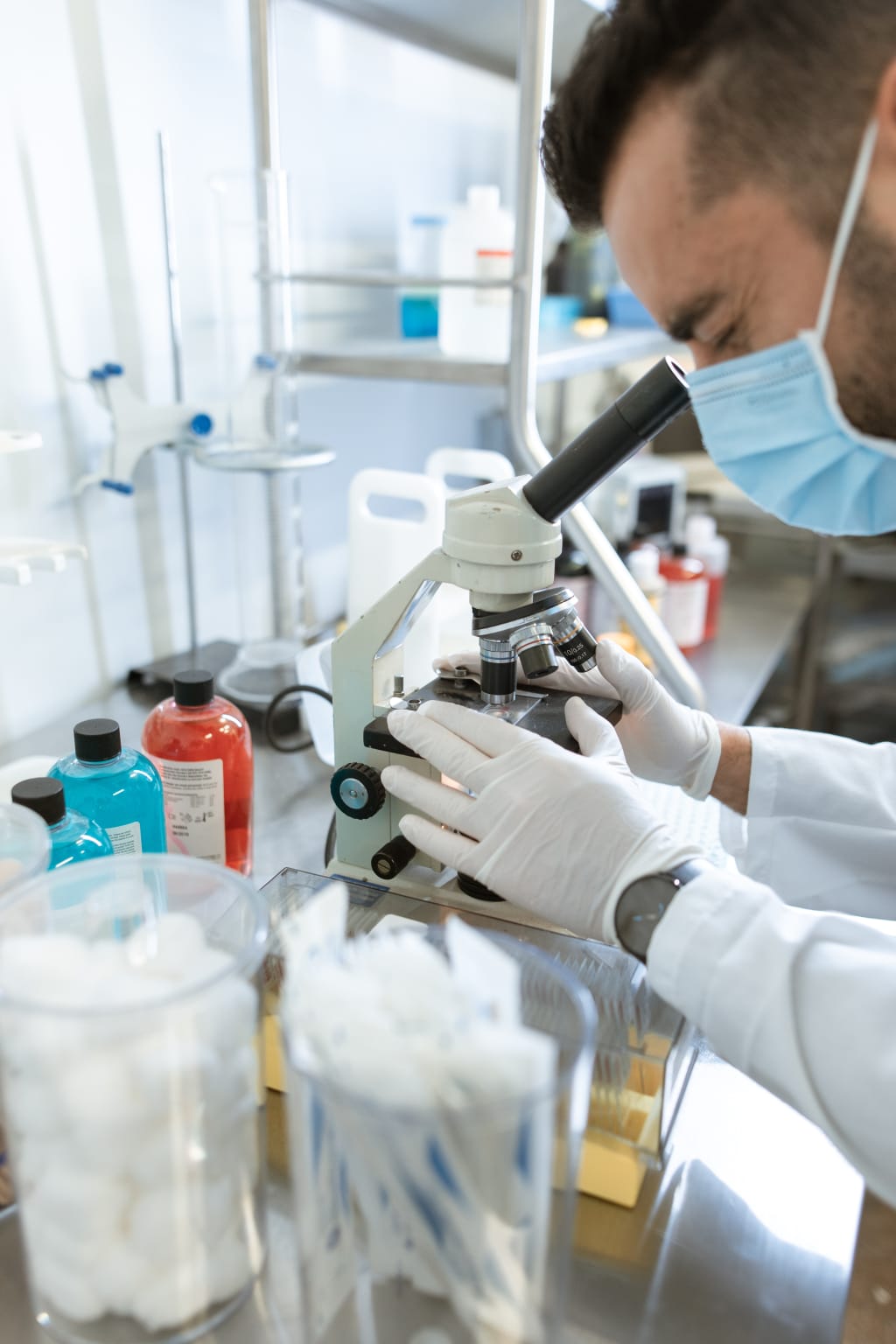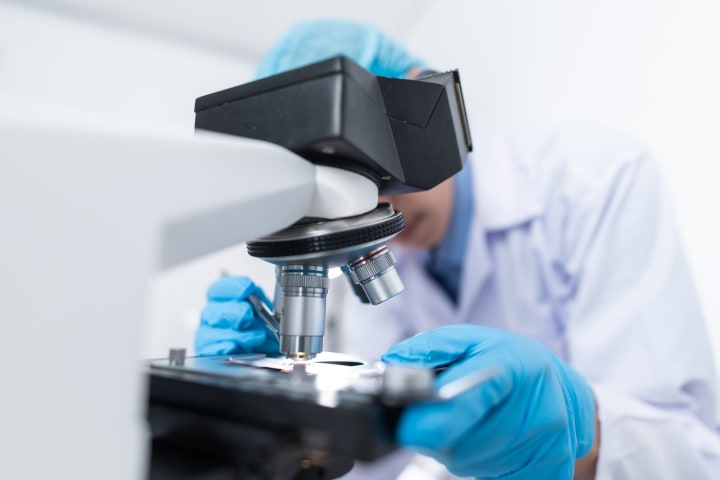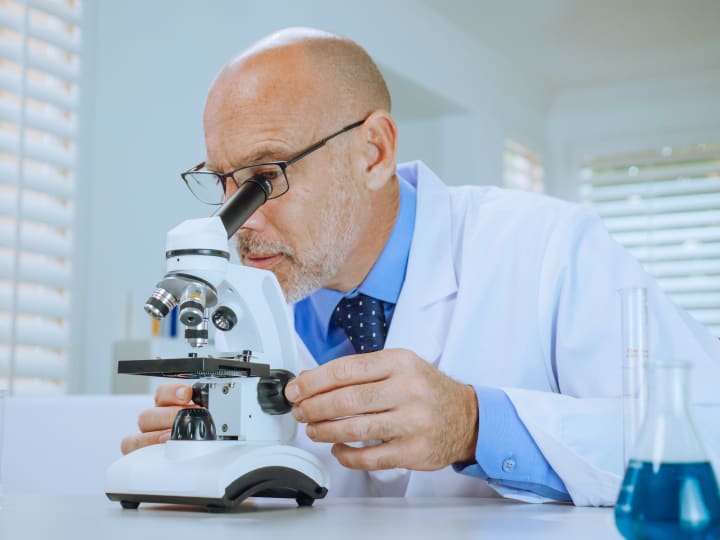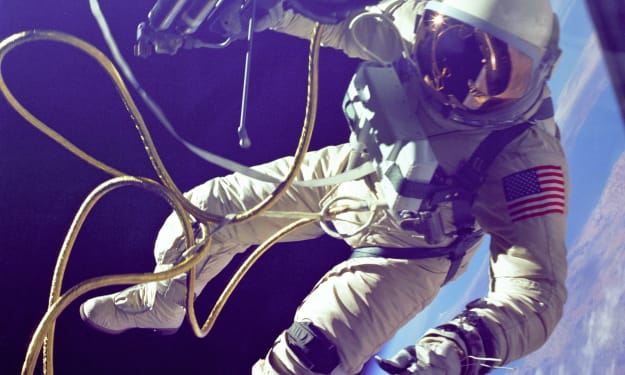
Biotechnology is not a new advancement in the area of science. It actually has been utilized for years, but was not significantly described as biotechnology. In its simple form, biotechnology means utilizing living organisms or their products to revise or change human health or the environment, or to run a process. Biotechnology itself is the combination of biology and other sciences to create new, innovative products in the agricultural sector, industrial sector and environmental industries. The products include medicines, vaccines, growth hormones for plants and food additives.
There are nine major areas of this technology and its applications in the field of biotechnology. These nine major areas are bioprocessing technology, monoclonal antibodies, cell culture, recombinant DNA technology, cloning, protein engineering, biosensors, nanobiotechnology and microarrays.
Bioprocessing technology refers to use of living cells to produce preferred products. This method has been utilized for thousands of years without knowing the actual scientific implications of it, such as in beer brewing, winemaking and even for making bread and pickles! Microorganisms were first discovered in the mid-1800s, and people came to realize that their biochemical machinery was the substance for these useful products. In-depth research and further experiments have led us today to the production of amino acids, birth control pills, pesticides, antibiotics and also vitamins, just to name a few.

Monoclonal antibody technology uses the cells from the immune system to make antibodies. Monoclonal antibodies are extremely useful to locate any pollutants found in the environment, detect microorganisms that may be harmful in food, differentiate between normal cells and cancer cells, and also diagnose in a more precise manner any infectious diseases that may be present in humans, animals or plants.
Cell culture simply means growing cells outside of a living organism. There are 3 areas in this study, which include plant cell culture, insect cell culture and mammalian cell culture. Recombinant DNA technology, in the plain sense of the word, means recombining 2 pieces of DNA from 2 different species. This is used to produce new medicines and vaccines, slow down the process of food spoilage, control viral diseases and hamper inflammation, just to name a few.
Cloning became well-known after the cloning of Dolly the sheep years back. Cloning technology actually allows for the generation of genetically identical molecules, plants, cells or animals. Protein engineering is a DNA recombinant technique that is meant to improve existing proteins to create new proteins that do not exist in nature. These proteins may then be used in food processing, drug development and industrial manufacturing.

Biosensors are a combination of biology and the advances in microelectronics. Biosensors are detecting devices that rely on the specificity of cells and molecules to identify and measure substances at extremely low concentrations, which is why they are highly used to measure the nutritional value, safety and freshness of food, detect explosives, toxins and bio-warfare agents, locate and measure pollutants, and also to provide emergency room physicians with bedside measurements of vital blood components.
Nano-biotechnology refers to the study, manipulation and manufacture of ultra-small structures and machines that can consist of only a single molecule. This field of study enables us to improve the specificity and timing of drug delivery, increase the speed and power of diagnosing diseases, and also encourage the development of green manufacturing practices.
Microarray is the study of gene structure and functions which enable us to analyze tens of thousands of samples simultaneously. This field allows us to monitor gene activity, identify genes that are important to crop productivity, and also to detect mutations in disease-related genes
If you've enjoyed reading this, please consider giving it a "like" by clicking on the ❤️! If you'd like to read more of my writing, be sure to subscribe!
If you would like to tip me a coffee, please click the TIP botton.
About the Creator
Thayrile
Hello, I am an Articles writer. Health, motivation, family and more are very important to us, that’s why I decided to create those Articles and share in with you, to take advantage of the informations contained.
Thank you for stopping by.
Enjoyed the story? Support the Creator.
Subscribe for free to receive all their stories in your feed. You could also pledge your support or give them a one-off tip, letting them know you appreciate their work.






Comments
There are no comments for this story
Be the first to respond and start the conversation.